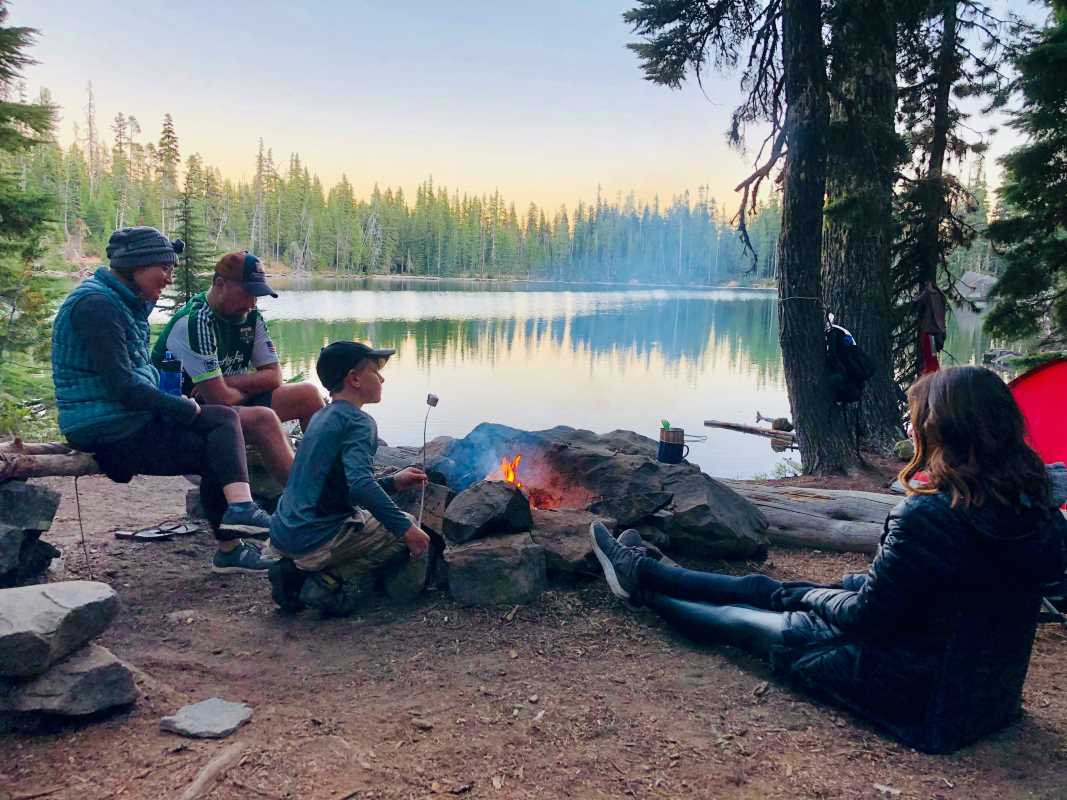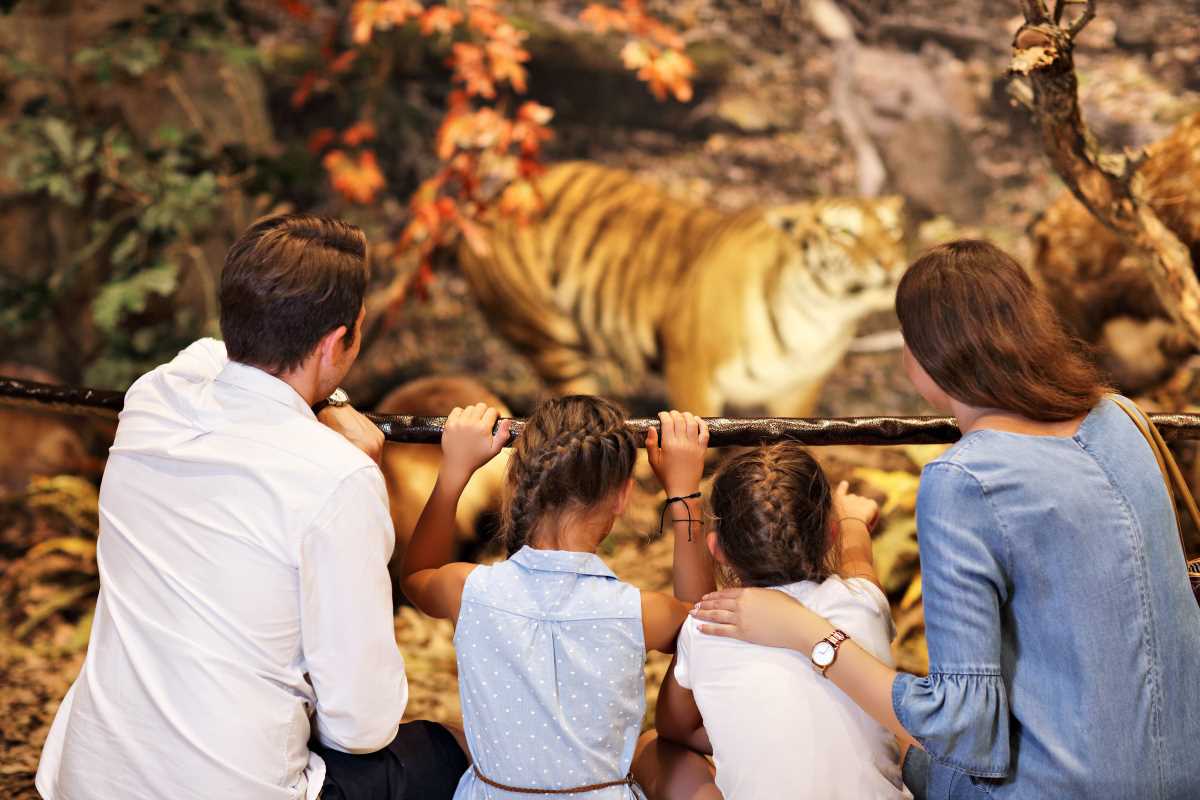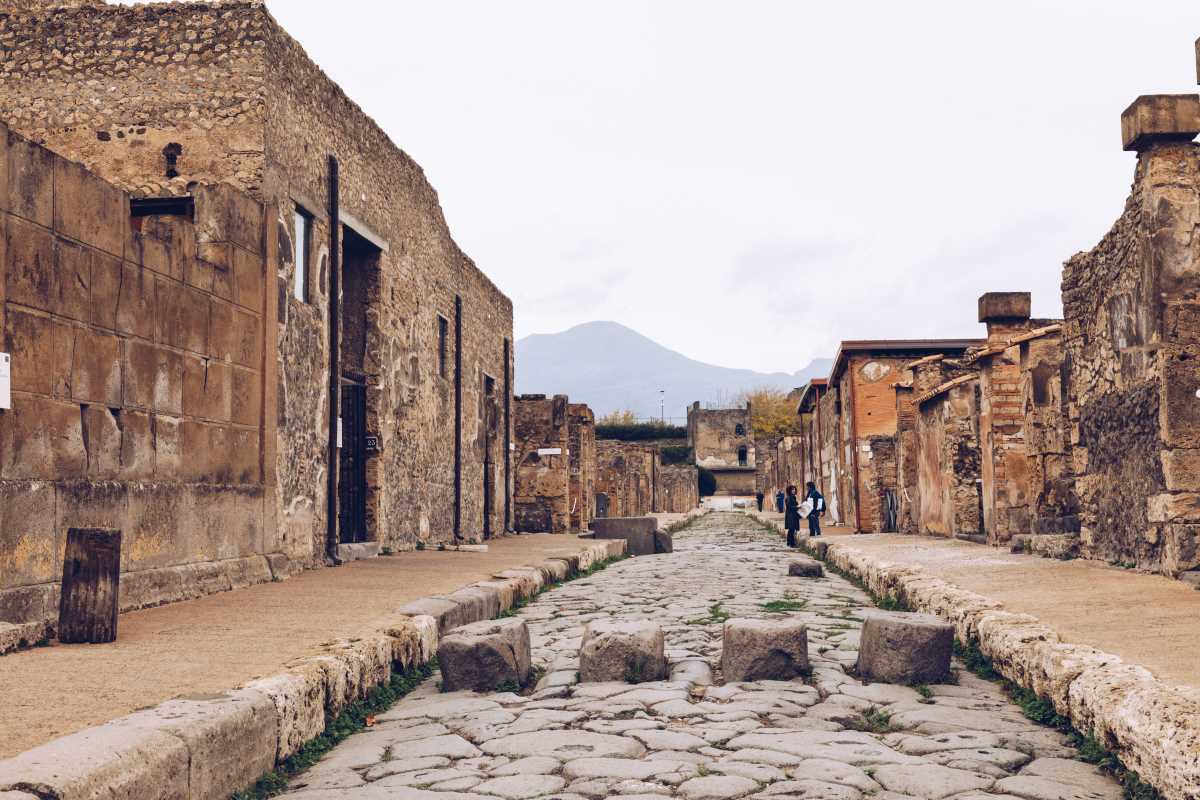There’s nothing quite like a family adventure to create lasting memories, build stronger bonds, and add some excitement to your routine. Headed to a national park, a bustling city, or your grandparents' house, family trips are packed with opportunities for laughter, exploration, and connection. That said, adventures with little ones or even teens aren’t without their challenges. Packing wisely and keeping everyone entertained during downtime, a bit of preparation goes a long way toward making sure your adventure is unforgettable. This guide covers the essentials you need to plan a trip that’s fun, stress-free, and full of moments the whole family will cherish.
1. Pack Like a Pro
Packing is the foundation of any great trip, and striking a balance between packing light and being prepared is key. Forgetting the basics can derail your plans while lugging around too much extra baggage can be its own kind of headache. Here’s how to pack smarter:
Create a Checklist (and Stick to It)
Start by jotting down everything you’ll need. Divide your list into clothing, toiletries, snacks, and special gear (hiking boots or swimwear). Making a solid packing list helps eliminate last-minute panic.
Pick Practical Clothes
Pack comfortable, weather-appropriate outfits for everyone. Layers are your best friend because they’ll keep you prepared for unpredictable conditions. Don’t forget extra socks and undergarments. They’re lifesavers when things get messy.
Essentials for the Kids
Toss in comfort objects like stuffed animals or a favorite blanket to fend off homesick feelings. Older kids should be able to pack their own bags with your oversight. This helps teach responsibility while making packing a fun activity.
Use packing cubes to keep things organized and easy to locate. One cube per family member can make unpacking at your destination a breeze.
2. Safety First
Exploring unfamiliar places is exciting, but keeping your family safe should always be a top priority. A little preparation can help you handle unexpected bumps along the way.
Bring a First-Aid Kit
Accidents happen, especially with energetic kids. A well-stocked first aid kit is non-negotiable. Include basic items like bandages, antiseptic wipes, pain relievers, and any medications your family regularly uses. Toss in sunscreen, bug spray, and anti-itch cream for outdoor trips.
Share the Plan
Teach your kids what to do if they get separated. Make sure even little ones know your phone number or an emergency contact. You can also write your number on a card for them to keep in their pocket or backpack. ID bracelets work wonders if your kids are too young to hold the card.
Practice Situational Awareness
Keep an eye on your surroundings, whether in a crowded city or deep in the woods. Assign one adult as the “lead navigator” while another takes charge of keeping tabs on the kids.
3. Snacks Fit for the Road
Empty stomachs lead to cranky travelers. Packing a variety of snacks ensures hunger pangs won’t derail the adventure.
Healthy and Mess-Free Choices
Think granola bars, trail mix (nut-free if allergies are a concern), dried fruit, pretzels, or string cheese. Avoid sticky or crumbly foods that might turn your car or backpack into a disaster zone. Don't forget to throw in some fun stuff like gummy bears for an emergency.
Hydrate, Hydrate, Hydrate
Toss a reusable water bottle in everyone’s bag. Staying hydrated keeps energy levels high and helps prevent fatigue, especially during warm days or active trips.
Use small, resealable containers to portion out snacks ahead of time. This cuts down on waste and makes it easier to hand out individual servings when you’re on the go.
4. Keep Everyone Entertained
Long waits or tedious parts of the trip can lead to restless kids (and stressed-out parents). That’s why a solid entertainment strategy is a must.
Old-School Games
Screens can be a lifesaver, but unplugging with family games can make your trip more engaging. Bring along classics like cards or compact board games, or play travel-friendly games like “I Spy,” the license plate game, or 20 Questions.
Bring Tech Wisely
Load tablets up with kids’ movies or educational apps ahead of time so you’re not reliant on Wi-Fi. Don’t forget to pack headphones so multiple kids can watch or play without squabbling.
Encourage Creative Downtime
Crayons, coloring books, and travel journals can keep little hands busy while capturing memories in a meaningful way. You could even write postcards on the trip to send to relatives or each other for when everyone gets back.
5. Prioritize Making Memories
The most enchanted travel moments often happen when you least expect them. Getting caught up in logistics is easy, but don’t forget to focus on the moments that matter most.
Take Time to Disconnect
Put work emails and social media aside so you can fully be present. Enjoying a campfire under the stars or simply chatting during a scenic drive, these little moments matter more than Instagram likes.
Encourage Exploration
Allow your kids some freedom to explore within safe limits. Wandering a forest trail, catching waves at the beach, or observing city landmarks on their own terms can make them feel empowered and adventurous.
Capture the Fun
Bring a camera or encourage kids to use their own devices (if they have them) to take snapshots. After the trip, print these into a scrapbook or photo album as a fun keepsake project for the whole family.
6. Practical Tips for Different Trip Types
Every family adventure looks a bit different, so tailor your plans to your trip's specific needs.
Camping Trips
- Bring collapsible, lightweight kitchen gear.
- Pack waterproof layers and sturdy shoes for the kids.
- Don’t forget marshmallows for s’mores!
City Getaways
- Map out kid-friendly spots like parks, museums, or science centers.
- Research events or shows happening during your stay.
- Use public transportation as part of the adventure.
Beach Vacations
- Pack beach toys, sunscreen, and wide-brimmed hats.
- Towels double as picnic blankets or shields from the sun.
- Baby powder is handy for removing sand from skin.
7. Staying Flexible
Even with the best-laid plans, not everything will go perfectly, and that’s okay! Sometimes, it rains during your outdoor adventure, or an unexpected road closure sends you the long way around. Being adaptable is part of the fun.
Build some buffer time into your schedule so you’re not stressed if something runs late or takes longer than planned. Flexibility allows you to seize spontaneous opportunities, like stumbling upon an ice cream stand or a local fair.
 (Image via
(Image via





